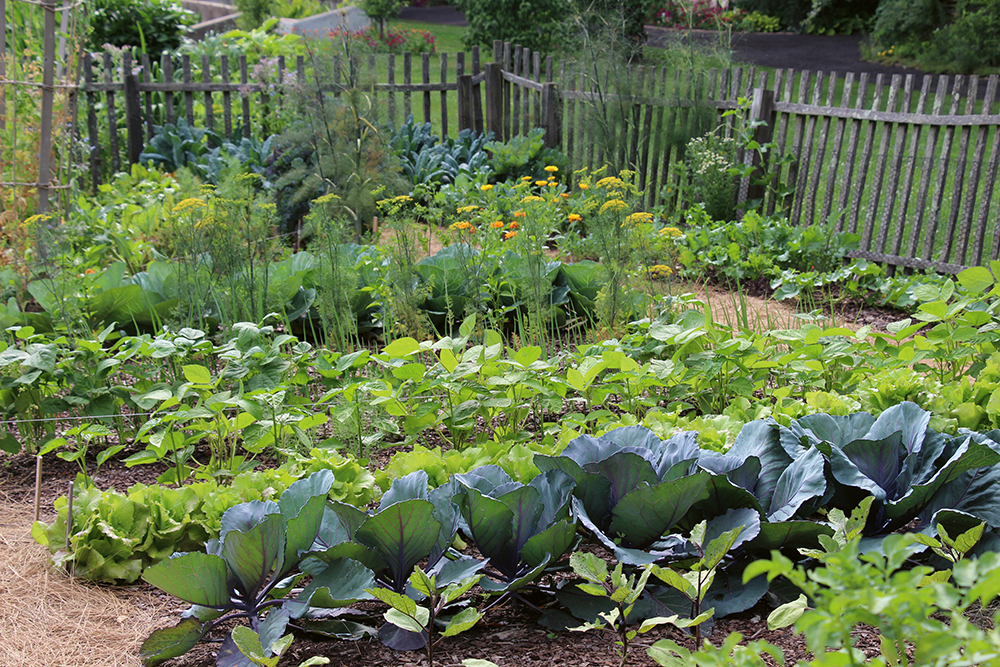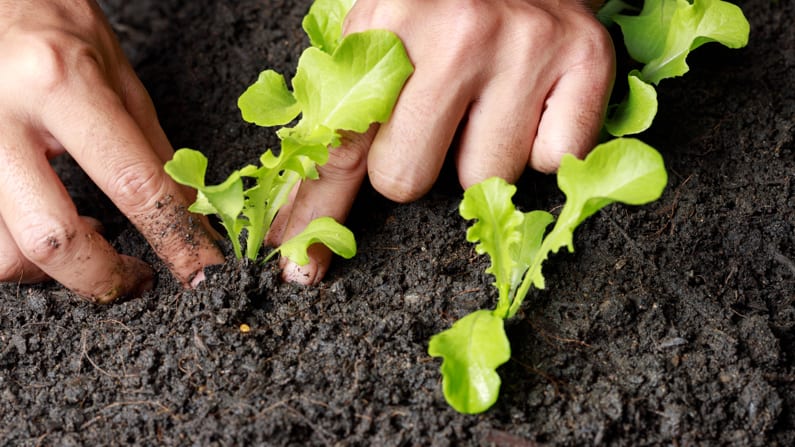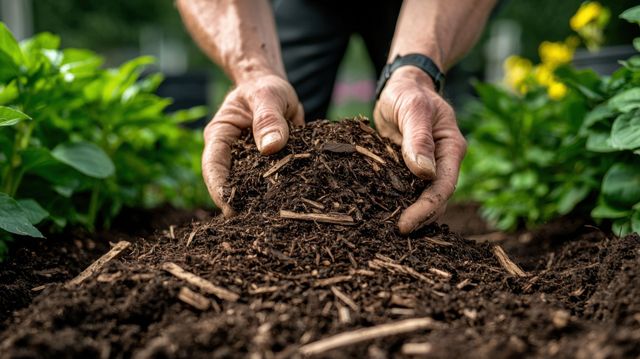Efficient Watering: Smart Irrigation for Thrifty Gardeners
Water is both essential to plant growth and increasingly precious in many regions. Smart irrigation practices help gardeners conserve this vital resource while maintaining healthy, productive plants. This guide covers water-wise techniques, efficient systems, and plant-specific strategies to maximize every drop.
Understanding Plant Water Needs
Different plants have varying water requirements:
- High water needs: Leafy greens, celery, cucumbers (1-1.5" per week)
- Moderate needs: Tomatoes, peppers, beans (0.5-1" per week)
- Low needs: Herbs, root crops, established perennials (0.25-0.5" per week)
- Drought-tolerant: Lavender, rosemary, native plants (minimal irrigation)

Soil Preparation for Water Retention
Proper soil management reduces watering needs:
- Organic matter: Compost increases water-holding capacity by up to 90%
- Mulching: 2-4" of organic mulch reduces evaporation by 25-50%
- Contour planting: On slopes, create level planting areas to prevent runoff
- Soil structure: Avoid compaction that prevents water infiltration
Efficient Irrigation Systems
Choose systems that minimize waste:
- Drip irrigation: Delivers water directly to roots with 90% efficiency
- Soaker hoses: Porous hoses that seep water along their length
- Micro-sprinklers: Low-volume sprinklers for small areas
- Ollas: Unglazed clay pots that slowly release water underground

Smart Watering Practices
Techniques to maximize efficiency:
- Water deeply and infrequently: Encourages deep root growth
- Morning watering: Reduces evaporation and fungal diseases
- Use timers: Ensures consistent watering and prevents overwatering
- Group plants by water needs: Prevents over/under-watering different species
Rainwater Harvesting
Capture and store rainwater:
- Rain barrels: Simple systems that collect roof runoff
- Larger cisterns: Store thousands of gallons for dry periods
- Swales and berms: Landscape features that slow and spread water
- Legal considerations: Some areas restrict rainwater collection
Drought Response Strategies
When water is extremely limited:
- Prioritize plants: Water high-value crops first
- Use shade cloth: Reduces water loss from plants and soil
- Stop fertilizing: Fertilizers increase water needs
- Harvest early: Pick crops at smaller sizes to reduce water demand
By combining these water-wise techniques, gardeners can maintain productive gardens while using significantly less water—an essential skill in our changing climate.





:strip_icc()/BHG-gardening-pests-neem-oil-for-plants-Hero-351e9a537e704fdfad83a6e55b7e9d3b.jpg)